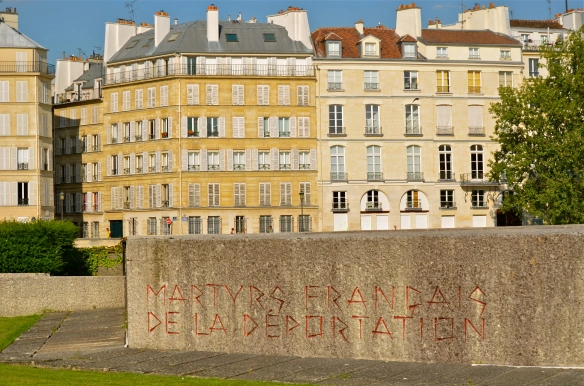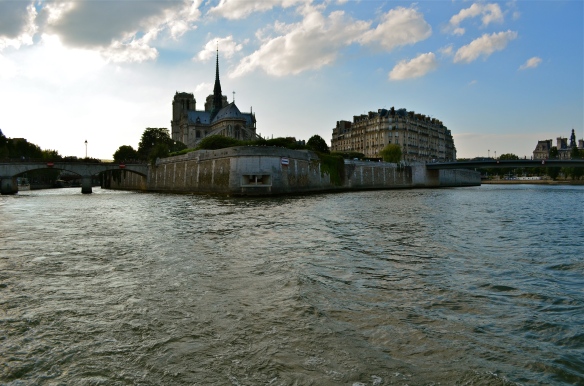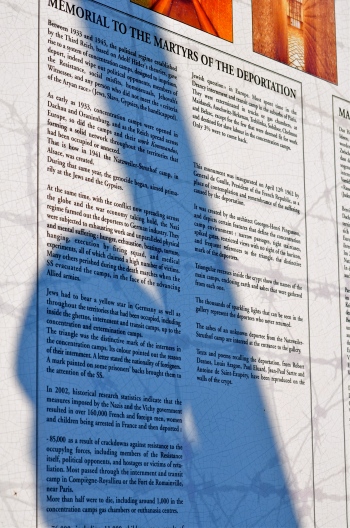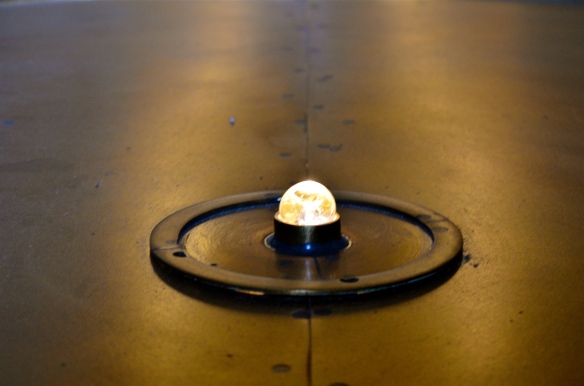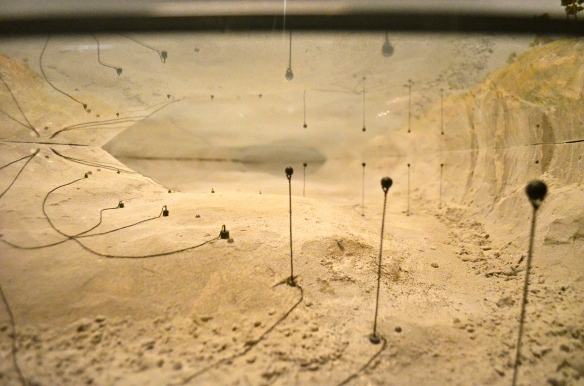
Last weekend, we went to Lucerne and visited the fortress of Fürigen. We had been looking forward to visiting some of Switzerland’s formerly hidden fortresses that have been turned into museums. Since we were near Lucerne, we finally got the chance.

Can you spot the entrance in this photo?
Festung Fürigen Museum zur Wehrgeschichte (aka Fort Fürigen) is part of Swiss National Redoubt defense plan (Schweizer Alpenfestung or Réduit Suisse) to respond to foreign invasion. Developed in by neutral Switzerland the 1880’s, Germany’s invasion of its neighbors necessitated updates (Germany even developed an invasion plan for Switzerland). Fort Fürigen was part of a series of fortifications around Lake Lucerne that were rushed to completion in 1941-2 to protect nearby roads and rail lines.

The entrance is intentionally well-camouflaged. We had to double back and ask for directions to find it. The nondescript entrance leads to a 200-meter (656 feet) tunnel system leads into the mountain.

A private telephone line connected the lake’s fortresses but they also used the radio to communicate with each other.
Entering the fort, you pass the radio station (located near the entrance to assure clear reception) and several sets of machine gun defenses.

The view down the corridor from the gunner’s nest.
Once past the heavy fortifications you see the workings of the fort. They have the guns, a filter for radioactive material, air shafts, devices to monitor the air for poison gas, storage depot and more on display.

You can actually play around with this gun. He maneuvered it into a decent spot and dutifully posed for a photo when he wanted to play. Hence the hurry up and take the picture smile.

A close up of the gun’s targeting system

The largest problem with these gas masks was the limited range of motion allowed by their connection to the ceiling’s purified air hookup.



This infrared light replaced the old spotlight when the fort was retooled during the Cold War
While the infirmary resembled any 1940’s hospital movie set, the bunk house and dining area looked remarkably like many Swiss ski lodges.


Since they were storing munitions in the bunker, smoking was forbidden…in some areas. It must have been like prison, where the talk of banning cigarettes leads to mutiny and so it was only limited in essential areas. After all, the living quarters were gas-proof.
The Swiss had good reason to build defensive outposts like this one. Hitler’s plans to invade Switzerland were uncovered post-World War II. The Soviet Union’s also recommended invading the country.
One fortress down, only about 14,999 to go.

No smoking! If you went down the hall and through a door to the residential area, there are ashtrays hanging on walls. Go figure.
- The Toblerone Line, One Sweet Barrier (schwingeninswitzerland.wordpress.com)
- Why CH? (schwingeninswitzerland.wordpress.com)
- Fancy A Turbosieste? Powernap National Day in Switzerland (schwingeninswitzerland.wordpress.com)
